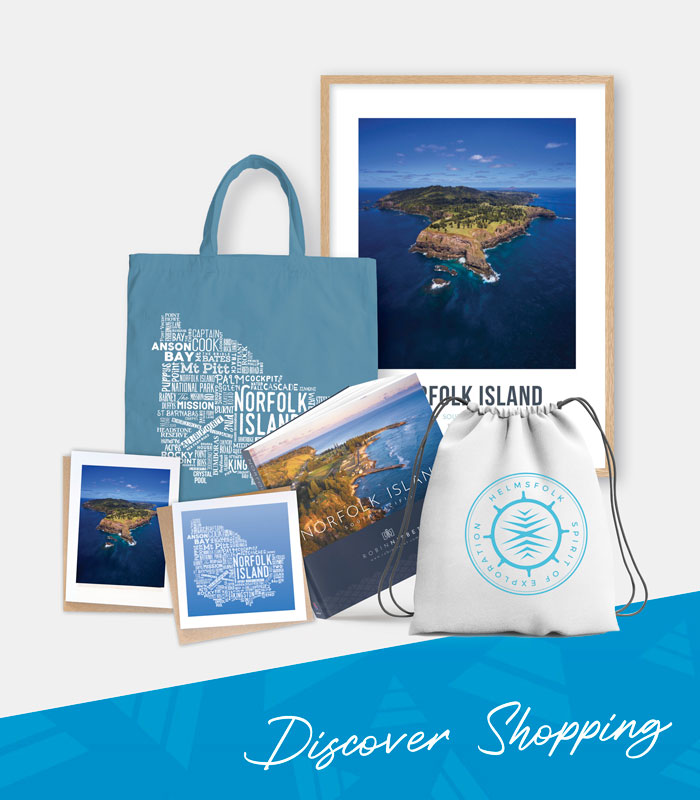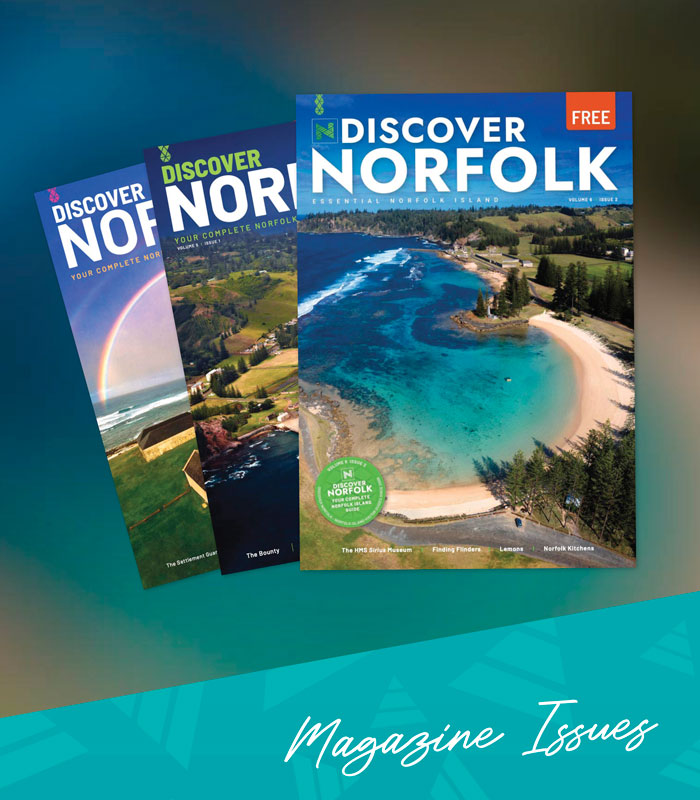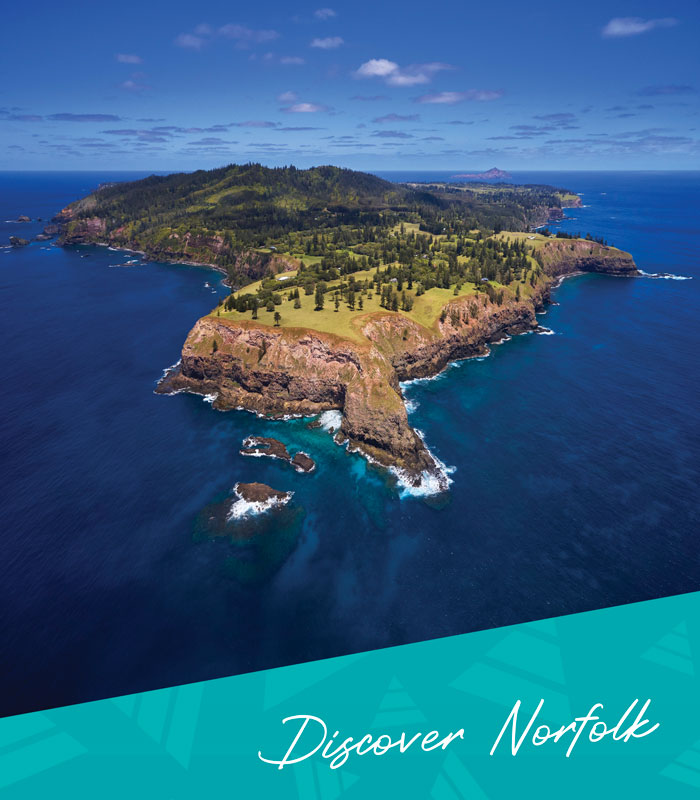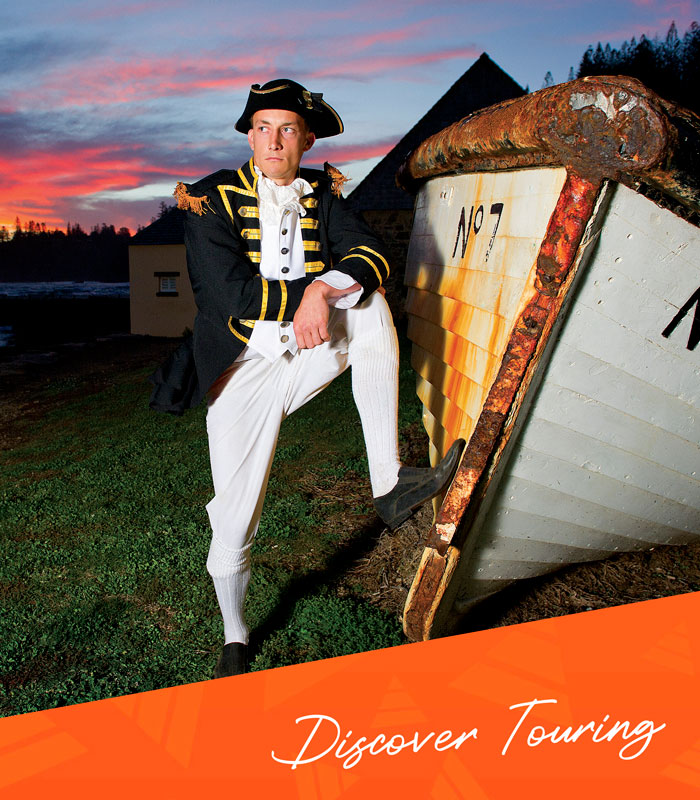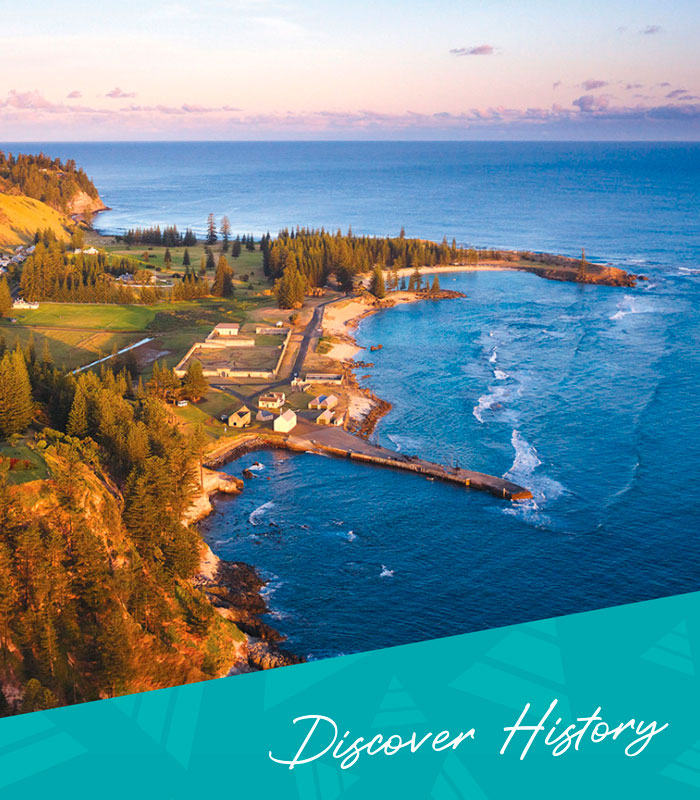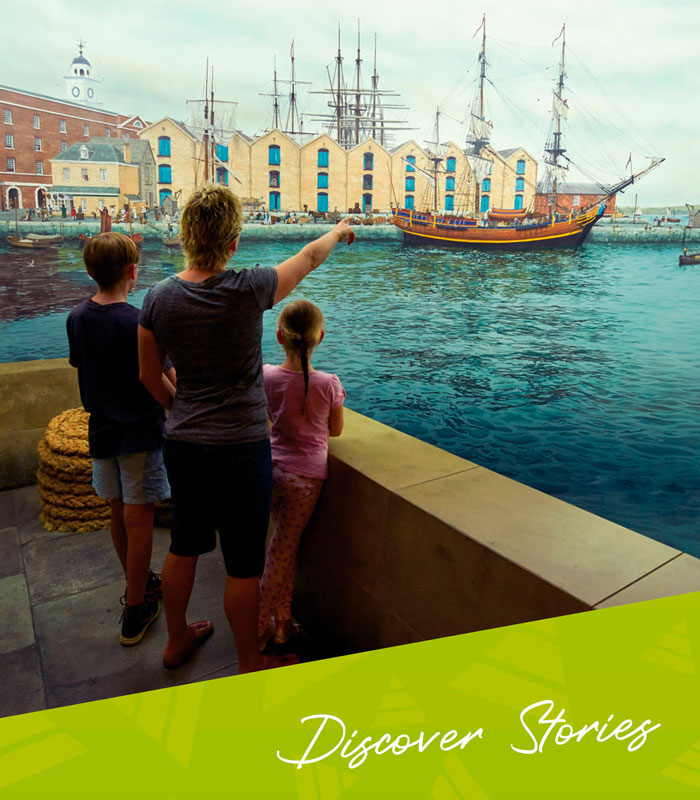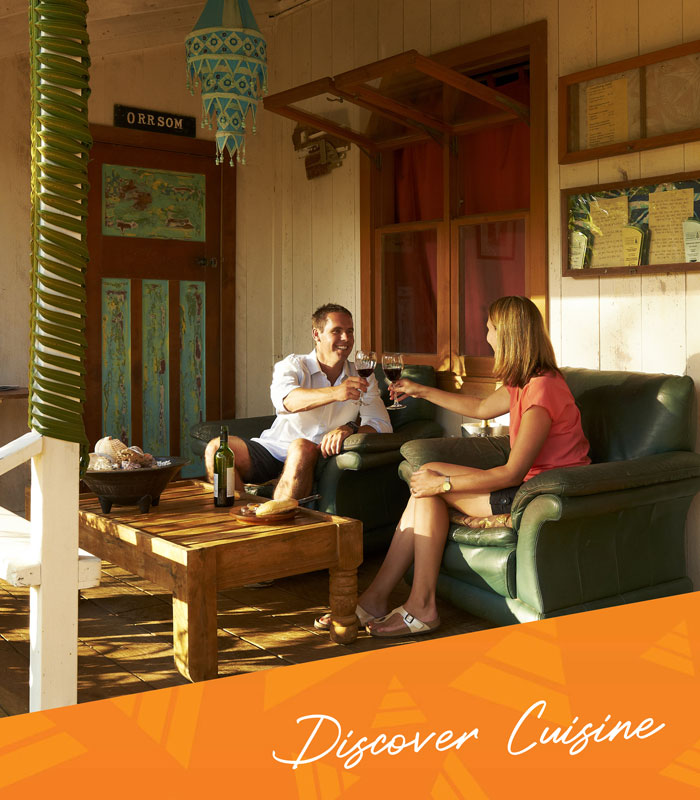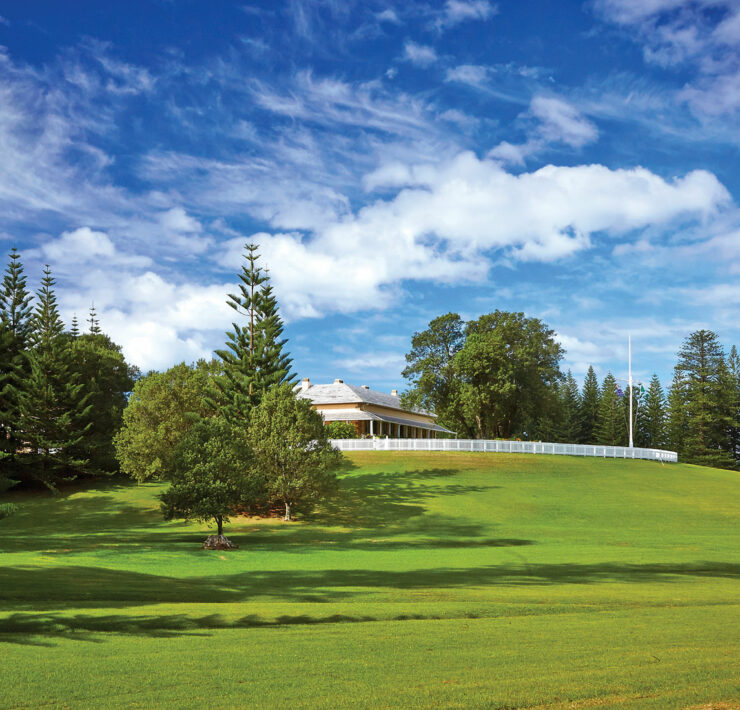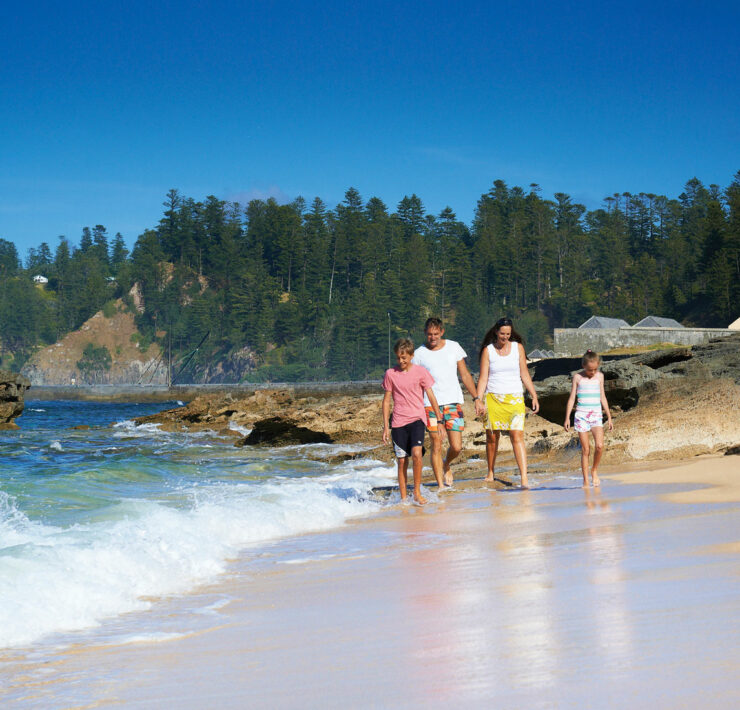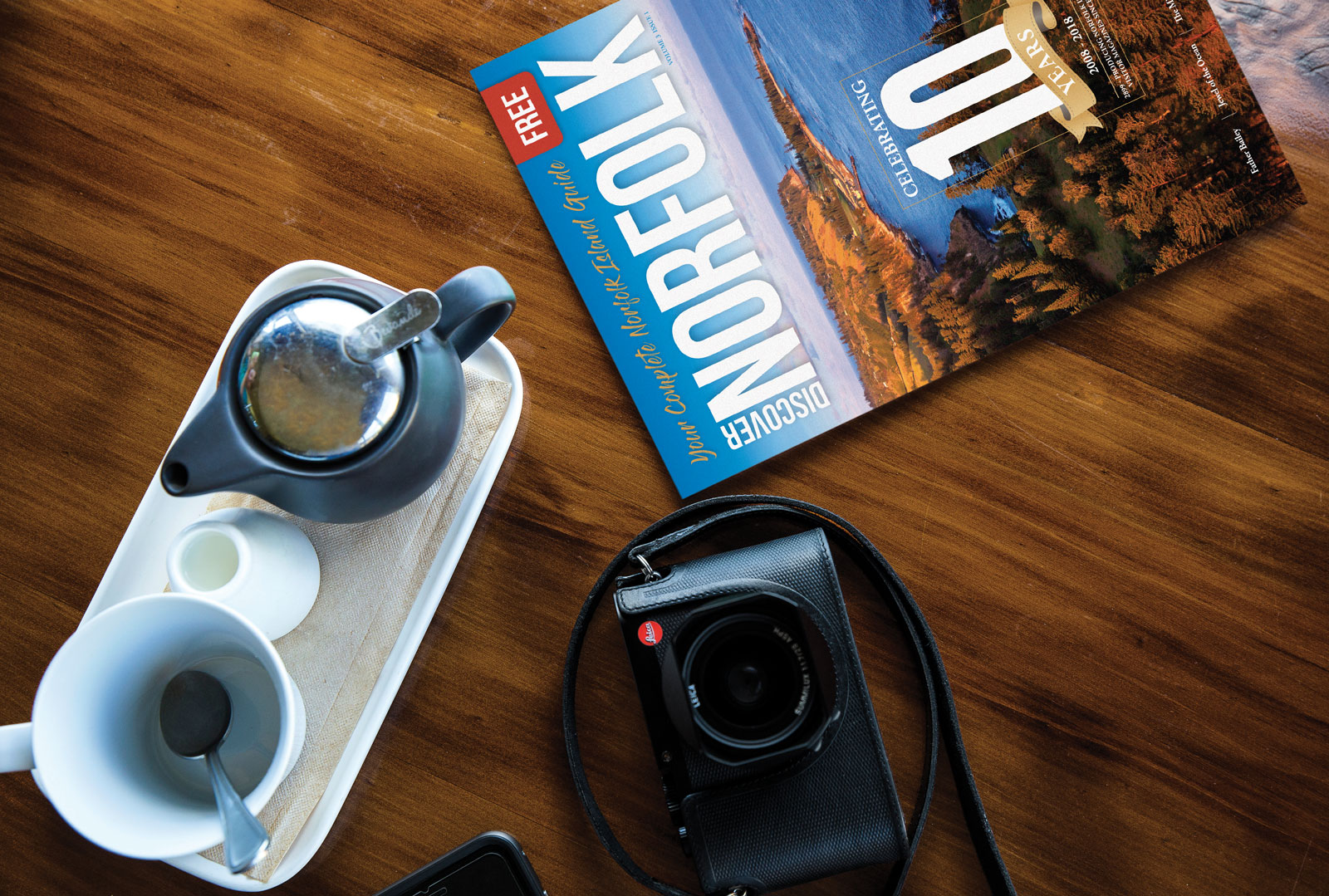
On 19 March 1790 HMS Sirius; flagship of the First Fleet and the only means of contact with the outside world for the new settlements at Sydney Cove and Norfolk Island was wrecked on the coral reef off Slaughter Bay. She had led the fleet of eleven ships that set out from England in 1787 carrying the people who would start a new Nation on the other side of the world. In a sense, the Sirius is Australia’s Mayflower. She was a vitally important ship to the settlement’s struggle for survival in their new, isolated home and her loss was devastating.
The Sirius’ story is in two parts: the first is of her loss, and the second of modern day recovery of the shipwreck material. At the time of its wrecking the Sirius, accompanied by HMS Supply, the smallest of the First Fleet ships, was on a desperate mission. Since the First Fleet’s arrival in 1788 both communities had lived not far from starvation. In late 1788 Captain John Hunter, master of the Sirius had taken her on a voyage to Cape Town for supplies. However by the end of 1789 Sydney Cove was still starving. On this, its last mission, the Sirius was sent to the Chinese port of Canton to obtain food and supplies. To relieve the pressure 275 people (116 convict men, 67 convict women, 27 children and 65 marines) with some food, were to be transferred to Norfolk Island.
Both ships had arrived at Norfolk Island on 13 March 1790 through terrible weather. Because of the conditions they could not risk the usual anchorage position off the settlement at Sydney Bay (modern day Kingston) and had sailed around to Cascade Bay. By 15 March all the people had been put ashore but the weather worsened. Captain John Hunter wrote:
“These people were no sooner on shore than the wind shifted to the eastward and the weather became hazy and blew strong so that I had no prospect of being able to land any part of the provisions… I knew the exhausted state of stores there … and considerations gave me much anxiety and uneasiness”.
While the convicts and marines who had been put ashore made their way by foot from Cascade to Sydney Bay, the ships were both scattered and driven out of sight of the island and would not re-appear for three long days.
By the morning of 19 March 1790 the Supply had completed unloading. As the Sirius returned from the southeast, Hunter then brought her across from Phillip Island to the south point of Nepean and in to Sydney Bay. He brought the ship’s head to the wind – that is facing out to sea. Just as the loading of the longboats had been completed, Hunter noticed that his ship was rapidly drifting towards the shore.
The Supply was already under sail and her Captain, Lieutenant Henry Lidgard Ball called out to Hunter, waving his hat towards the reef to warn that both vessels were coming perilously close to it. Immediately Captain Hunter gave the order to sail windward on a port tack. At this point the Supply was ahead, but leeward of the Sirius. Just at the critical time as they sailed off – the wind shifted direction two points to the south. This wind shift was to spell disaster for the Sirius. It was now impossible for the ships on their port tack to clear the rocks off Point Ross (the headland projecting at the west end of the bay).
The Supply was able to pass just clear under the Sirius’ weather bow by taking a starboard tack. Desperately, Hunter tried to do likewise. The ship failed to tack and fell off the wind – this would head her straight back again towards the rocks off Point Ross. Hunter now had no option. He had to change to a starboard tack by turning the ship’s head away from the wind, endeavouring to sail east past the landing point and off between Nepean Island and the eastern point of Sydney Bay. Hunter took this action, no doubt knowing that it was a forlorn hope. The wind and current were dead against him. Again, he desperately tried to change tack then frantically cut away the anchor, halyards and sheets in the hope that would slow them down. But the wind just blew the ship backwards until, as he describes in his Journal:
“she struck upon a reef of coral rocks which lies parallel to the shore, and in a few strokes was bilged”.
Today, standing on the waterfront at Slaughter Bay and looking out across the waves it is not hard to imagine the distress that would have gripped the entire community as they watched this disaster unfold. Amongst those watching on the shore was Norfolk Island’s Commandant, Philip Gidley King. Surely belying what he would have felt, his Journal records the event with little emotion:
“at Noon the Sirius having twice missed Stays & being embayed, struck on the outer part of the Reef”.
King would return to Sydney Cove on the Supply to deliver the news to Governor Arthur Phillip. So critical was the loss Phillip thought seriously of closing both settlements and heading back to England. He wrote:
“You never saw such dismay as the news of the wreck occasioned amongst us all; for, to use a sea term, we looked upon her as our sheet anchor”.
Luckily there had been no loss of life from the wrecking, however the Sirius had been the main means of contact with the outside world for both Settlements. Without her they must have felt hopelessly marooned on an alien shore far from the Old World and home.
On Norfolk Island the effects were felt immediately. With an ‘overnight’ doubling of the population, food and other supplies were now seriously short. Starvation was a real possibility. Within a week martial law had been enforced. Lieutenant Ralph Clark of the Royal Marines had been on board the Sirius for the journey to Norfolk Island, and had been put ashore at Cascade before the wrecking. His diary entry expresses their fears:
“Gracious God what will become of us all, the whole of our provisions in the ship, now a wreck before us. I hope in God that we will be able to save some if not all but why do I flatter myself with such hopes – there is at present no prospect of it except that of starving”.
Starvation was averted by the arrival of over 200,000 migratory birds nesting on Mount Pitt in the following four months. Eventually hunted to extinction in Norfolk Island these birds were christened the Providence Petrel.
Immediately the Sirius ran aground as much as possible was thrown overboard with the hope it would float ashore. To rescue the crew a rope was fastened to a barrel and floated ashore, then fastened to a pine tree allowing the men to scramble to shore. Convicts who volunteered to rescue the livestock broke into the rum supply and caused a fire, resulting further loss of precious supplies. In the following weeks it was decided to strip the ship of hardware so desperately needed on the island. Sails, hawsers, masts and spars, fittings and the timbers of the ship itself were removed until she was down to the waterline. It took two years to do this, finishing with fifteen cannons being removed in 1792. Before long all trace of the Sirius disappeared from view.
Given her stripping, it is surprising that some 200 years later a team of Australia’s best maritime archaeologists would find over 3,000 artefacts at the wreck site. Five official expeditions occurred between 1983 and 2002, established by the Australian Bicentennial Authority leading up to the 200th anniversary of the landing of the First Fleet. In stark contrast to the emotions of 1790 their story is one of excitement and discovery, investigation and recovery.
Prior to the 1980s other items had been occasionally recovered. Some were washed ashore, others retrieved from the reef by locals. An anchor which had remained visible at low tide was blasted off in 1905 and now sits in Macquarie Place in Sydney. In 1965 a film crew from the Australian Broadcasting Commission (ABC) arrived on the island. Jack Doyle filmed a story, which aired on the 31st October 1965 in the Weekend Magazine segment. This was the first underwater footage ever seen of the Sirius site and it sparked a desire by locals to recover an anchor seen in the story. It was finally raised in 1973 with the assistance of the SS Holmburn, a Wellington, New Zealand registered ship. Apparently she nearly came to grief during the exercise and her master was reported to have been dismissed on return to New Zealand.
Diving on the wreck site is dangerous. The ever-pounding surf causes rapid shifts in the sand and rubble cover in the lagoon and areas between the inner and outer reefs. Standing on the seawall at Slaughter Bay and looking out to sea across the wreck site, is to be looking straight down the Tasman Sea. The surf and the swell are nearly always from the southwest so there is rarely a calm sea. This makes exploration in this area very difficult and necessitated very experienced archaeological divers being involved in the official expeditions.
Personnel from the Maritime Archaeology and Conservation departments of the Western Australian Museum led four of the expeditions. These ‘fathers’ of maritime archaeology in Australia had gained their experience recovering artefacts found in two seventeenth-century Dutch trading ships, discovered off the Western Australian coast in 1963. Amongst others, Graham Henderson, Myra Stanbury, Ian Mcleod and Patrick Baker became well-known names on Norfolk Island.
On the six days of the first 1983 expedition the weather and sea conditions resulted in only two snorkel and one scuba dive occurring. However even with these limited diving opportunities they were able to identify wreckage some 150 metres from the shore and confined to an area less than 200 metres across.
The second expedition in March 1985 went on to locate and identify five sites littered with artefacts. Items recovered in this and the next three expeditions (1987,1988, and 2002) included a 1.7 tonne anchor, two carronades, cannon balls, nails, lead sheathing fragments, sternpost fittings, hull fastenings and fittings, shingle and iron ballast, case bottle fragments, stoneware fragments, lead sheathing, musket balls, copper fastening bolts and delicate decorative items from the Officers cabins. Finds such as a sextant, pantograph and a stone hatchet head of Aboriginal origin were totally unexpected.
Today, many of the important HMS Sirius artefacts are housed in the Norfolk Island Museum, within view of the shipwreck location. Together with the story of their modern day recovery they sit on display alongside the stories of Captain John Hunter, Lieutenant Ralph Clarke and the other marines, convicts and civilians whose lives were all sent into turmoil that day in March 1790.
____
Image Credit: Robin Nisbet
www.robinnisbet.com
____
Article content disclaimer: Article first published in YourWorld, Volume 01 Issue 02, 2011. Please note that details of specific travel, accommodation and touring options may be outdated. References to people, places and businesses, including operating days and times may be have changed. References to Government structure and Government businesses/entities may no longer be applicable. Please check directly with businesses and/or Government websites directly rather than relying on any information contained in this article before you make travel arrangements.


